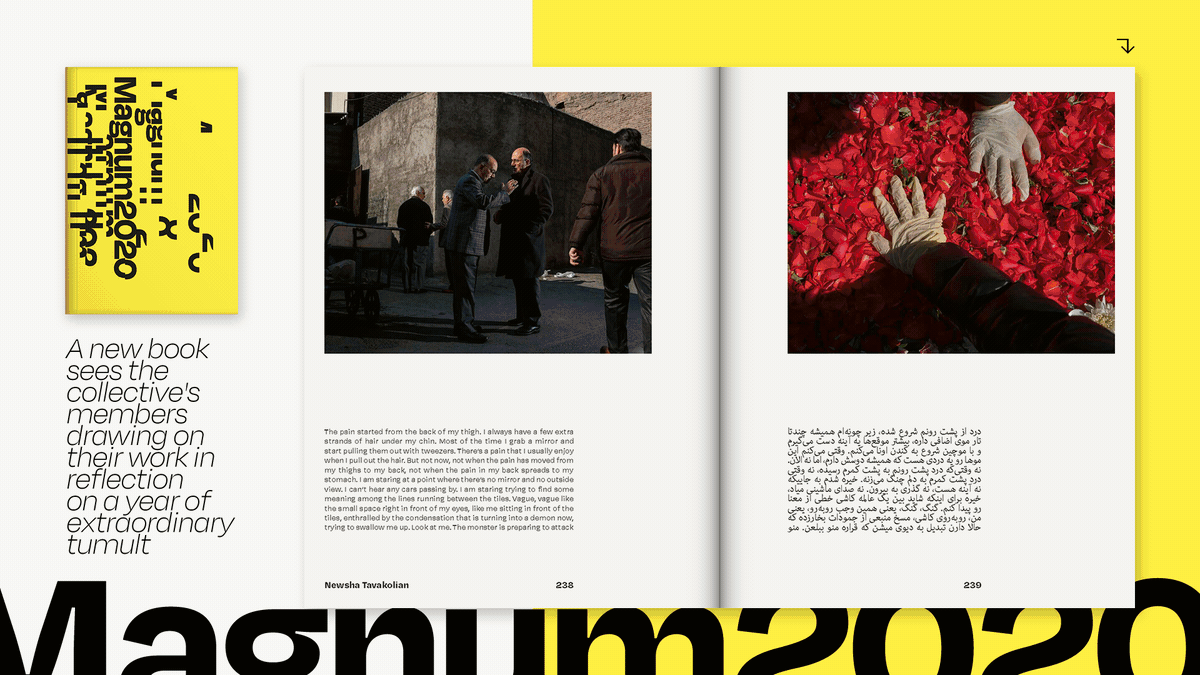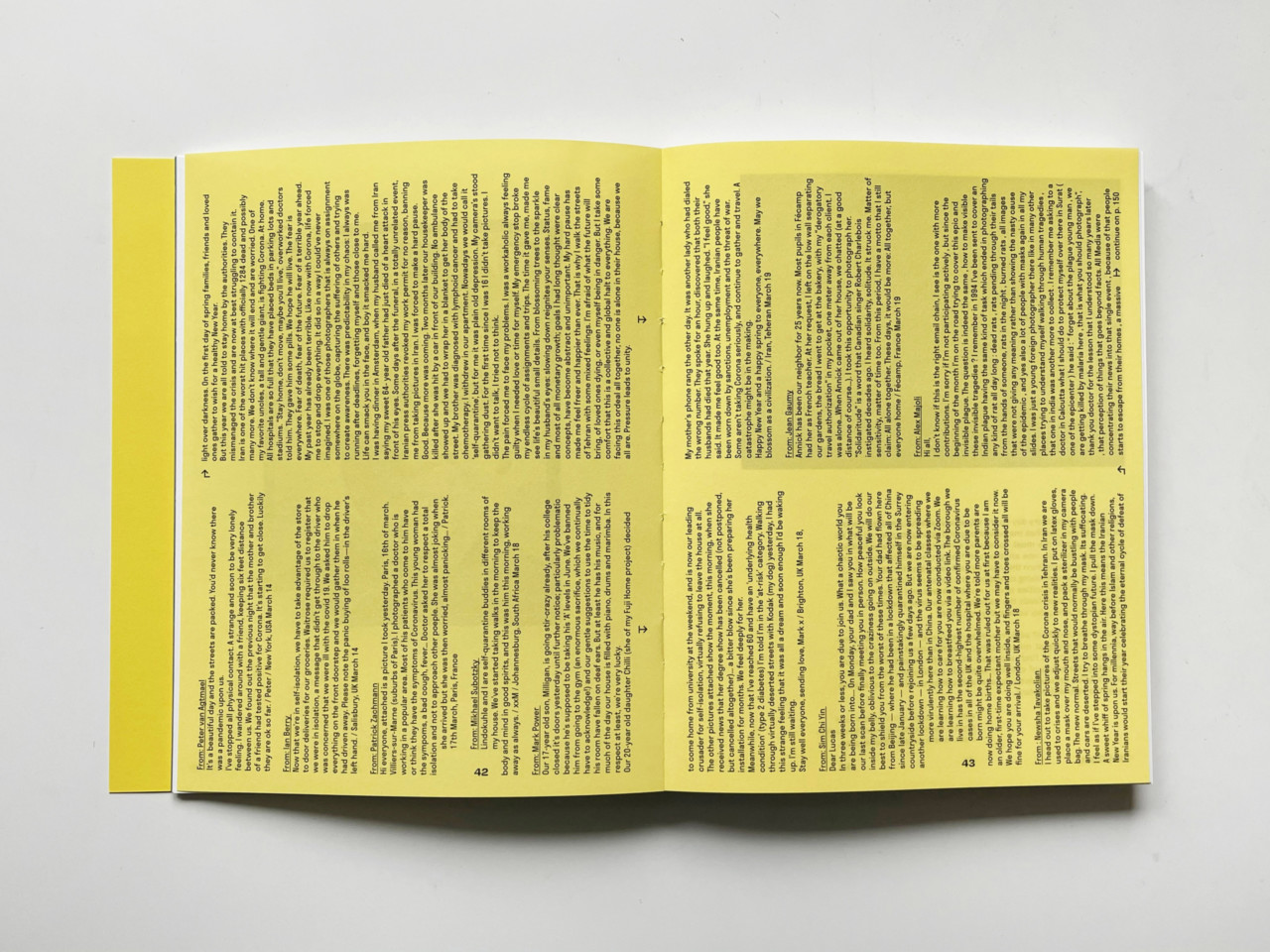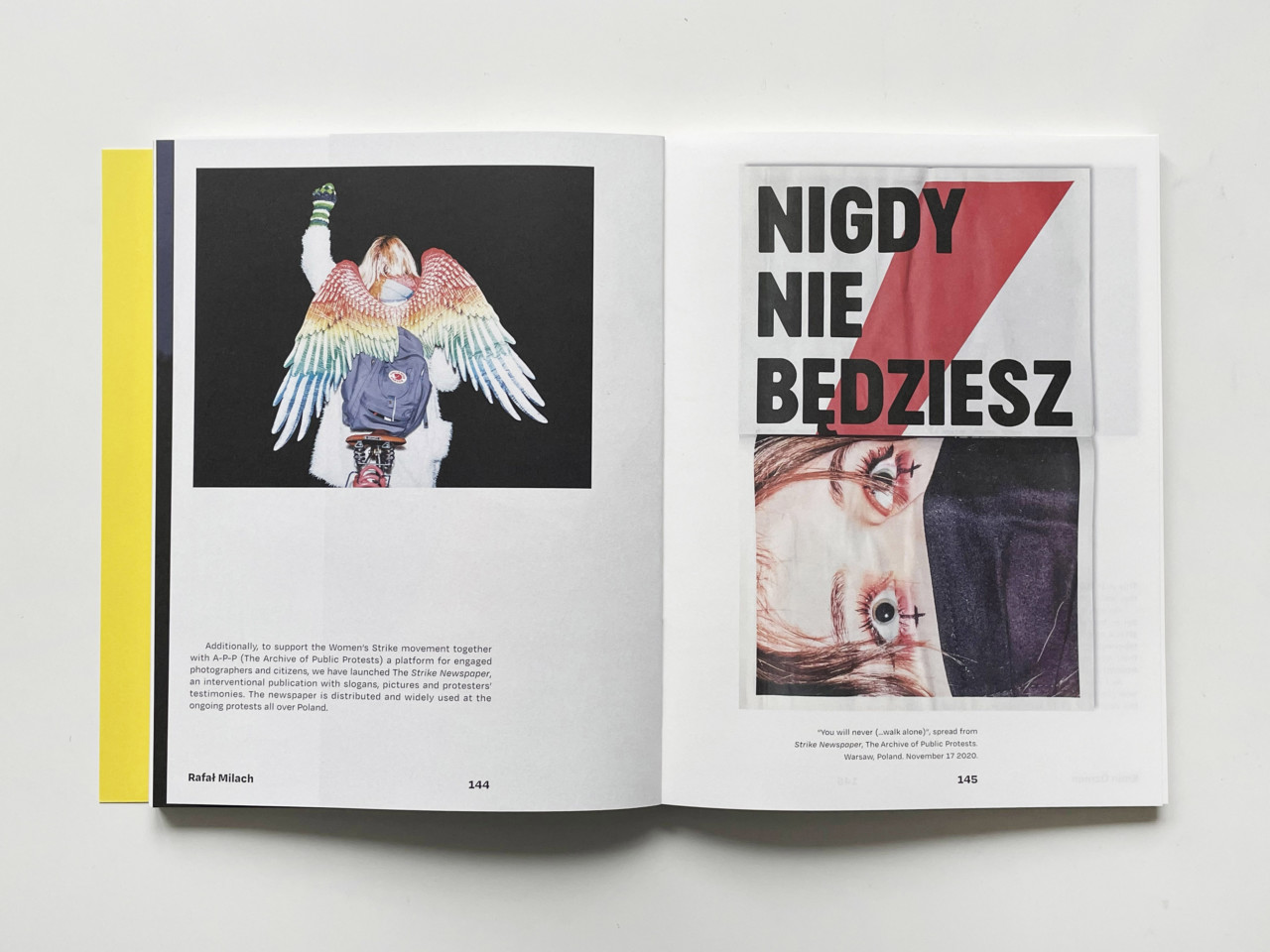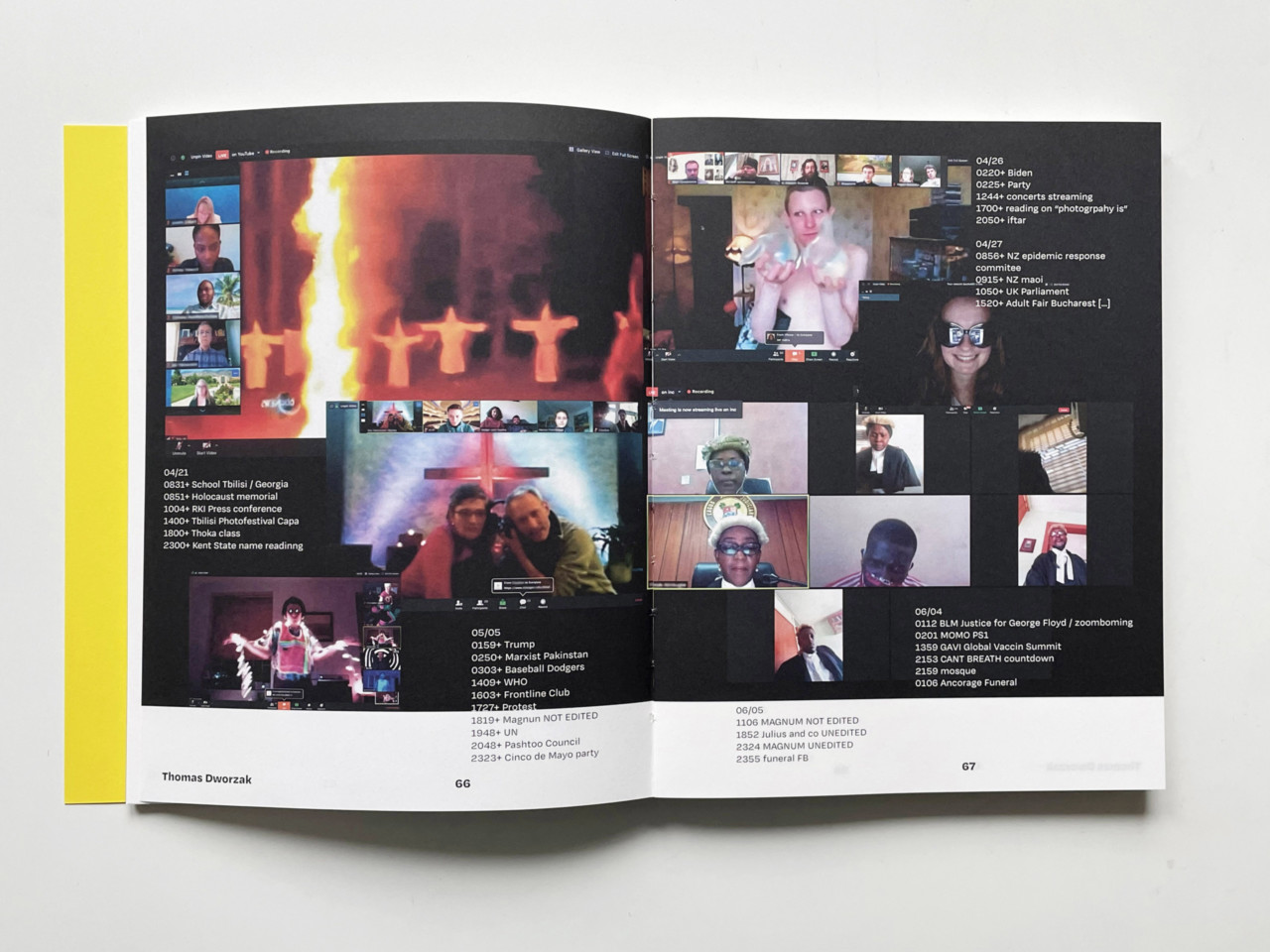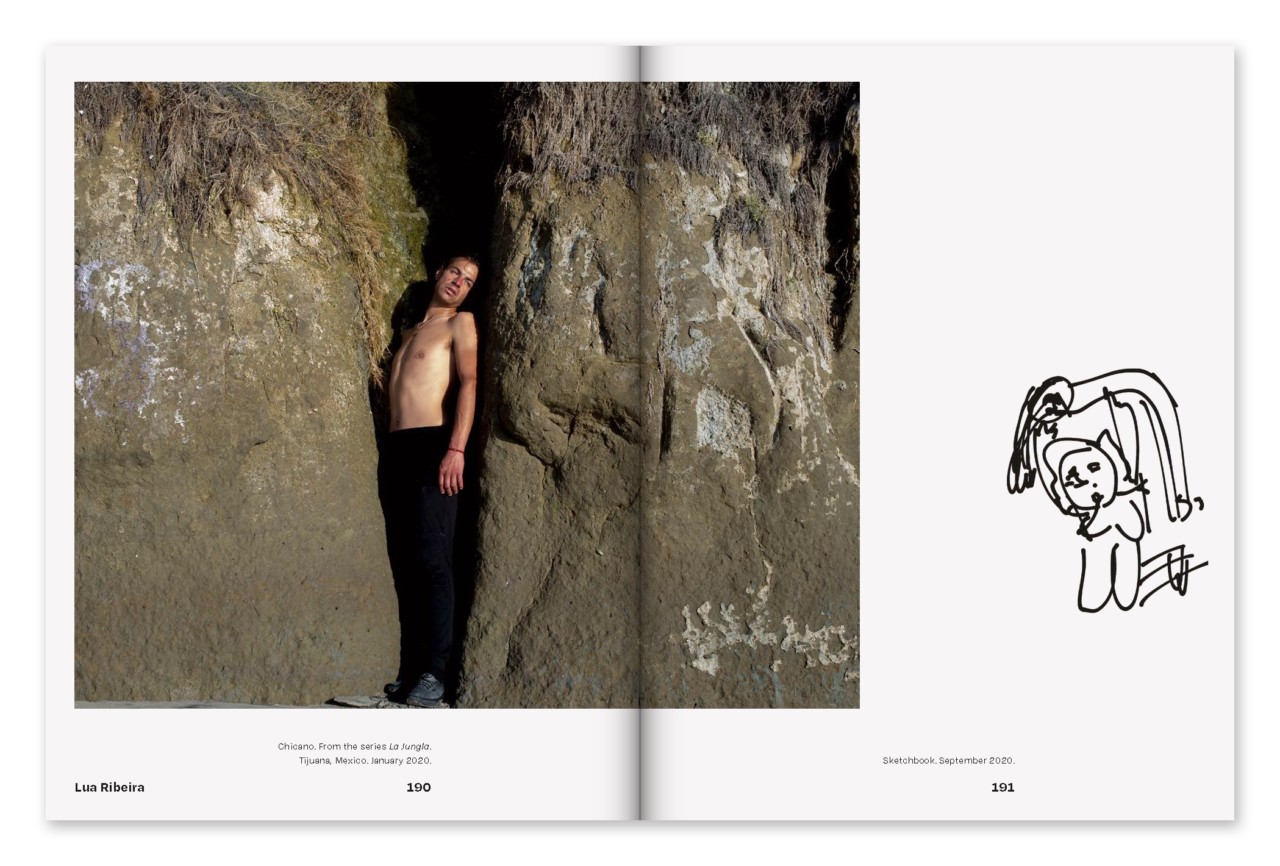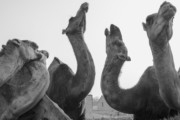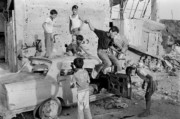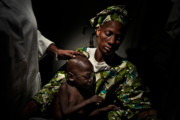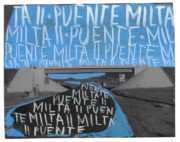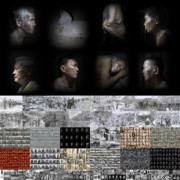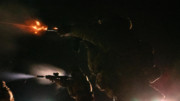Magnum 2020
The collective’s new publication tells the story of a year of upheaval and crisis, as well as pause and re-evaluation
The year 2020 represented a pivotal moment in history, as a pandemic caused dramatic shifts to lives globally, and political upheaval which began in the United States echoed far beyond. Nowhere was this more apparent visually than within the work of a collective of photographers traditionally recognized for documenting the world at large. How did Magnum photographers depict their reflections and realisations, and chart events taking place around the world, over the course of this period?
For their latest collaborative book project, members of Magnum were asked to submit work from the preceding 12 months, reflecting upon personal journeys, artistic developments, and global scenes of upheaval and crisis. A re-imagination of the long-running end of year Magnum portfolio series in print, Magnum 2020 invited each photographer to fill two spreads as they wished with images and text. Incorporating work from the breadth of Magnum’s membership, the book spans personal art projects, reportage, portraiture, and social documentary – offering an in depth view of Magnum Photos as it exists today. You can get a copy from the Magnum Shop here.
In this Q&A, the project’s editor, and president of the collective, Olivia Arthur, speaks about the process of creating a photographic representation of a year.
Previously Magnum has looked back over the year in a non-print format, reflecting on work made by the collective via a single image each. Why did 2020-21 feel like a fitting time to break with that and create a book?
There were two motivations for this. The first being that 2020 felt like such a different year for us all that it seemed right to try and create a collective memory of it for us all. It has been a time for pause and reflection, so making a book is a natural extension of that. Secondly, many of our photographers are doing work that doesn’t always fit into the classic ‘images of the year’ format and so I wanted to find a way to celebrate that range and offer a little space for people to express what they have been working on in a less reduced way.
How important was allowing scope for personal texts alongside an expansion of the number of images included?
That was key to this expanded version of the ‘pictures of the year’. I wanted people to have the freedom to write about their work, or where they are at with their practice, so that a sense of the individuals could come through. Ultimately that is what we are: a collection of individuals with different ways of thinking and expressing ourselves. I wanted to celebrate that and give it some space. Some people have written extremely personal texts. There was, however, no obligation to write, and those who wanted the images to speak for themselves could choose that too.
Was there any formal remit or brief passed to the membership – or was it totally open? There feels to be a nice balance between personal, reflective work and more ‘traditional’ journalistic coverage of the year’s events.
No it was specifically open. The only restrictions were that it had to be no more than 4 pages per photographer and that it had to be about what they had been doing in 2020. In some cases, that was about the chance to go over, scan, or edit old work, but nearly everything in the book was made in 2020.
Were there any overarching trends and interests you noticed about the subjects photographers were preoccupied with, or any new approaches that were adopted?
I think that the work everyone has made this year is very meaningful in terms of what was possible and what people chose to do. It was a time when we were not distracted with the regular incoming assignments (and many were also restricted at home with children) so everyone had time to reflect and choose what it was that they really wanted to make work about. That is hugely varied and very personal.
Can you talk about why this piece of work might be important archivally – not just as a record of things that happened – but also of what was significant to photographers, from their own perspective?
Since we had an unusual moment in time, many of us found ourselves looking in different directions, or with a different pace, and I think the work reflects that on many levels. But, at the same time, I wouldn’t want to over-dramatise that and suggest that we all became different photographers in this. Through the book, we continue to see a group of artists and journalists who are motivated to make work about what is going on in the world. And many of the approaches that may seem quite surprising for Magnum Photographers were not born in this period but are continuations, or extensions, of approaches that had already started to move in those directions. Perhaps, this year was really more of a chance to explore those other avenues that we have less time for normally. And it is important to recognise that this is balanced with a lot of strong, classic reportage on what was happening in the world at large.
What did you learn from compiling and editing this work – perhaps on the more practical side— in the processes of collaborating with your fellow photographers for this review of the year?
It was a real pleasure to spend time looking at all the work everybody had done this year. It also felt like an important part of my role, not only to know the photographers better, but to know what they are all working on currently. We are so often all running and busy with different things that we don’t often take the time to really enjoy the work we are each making.


